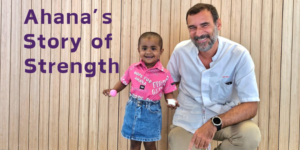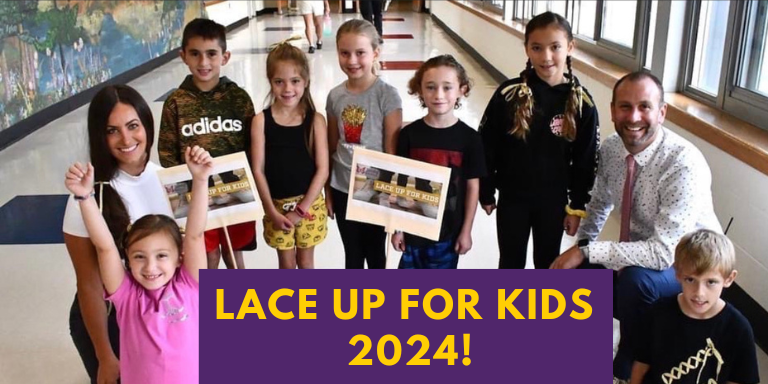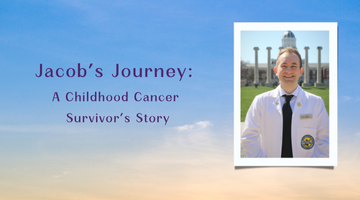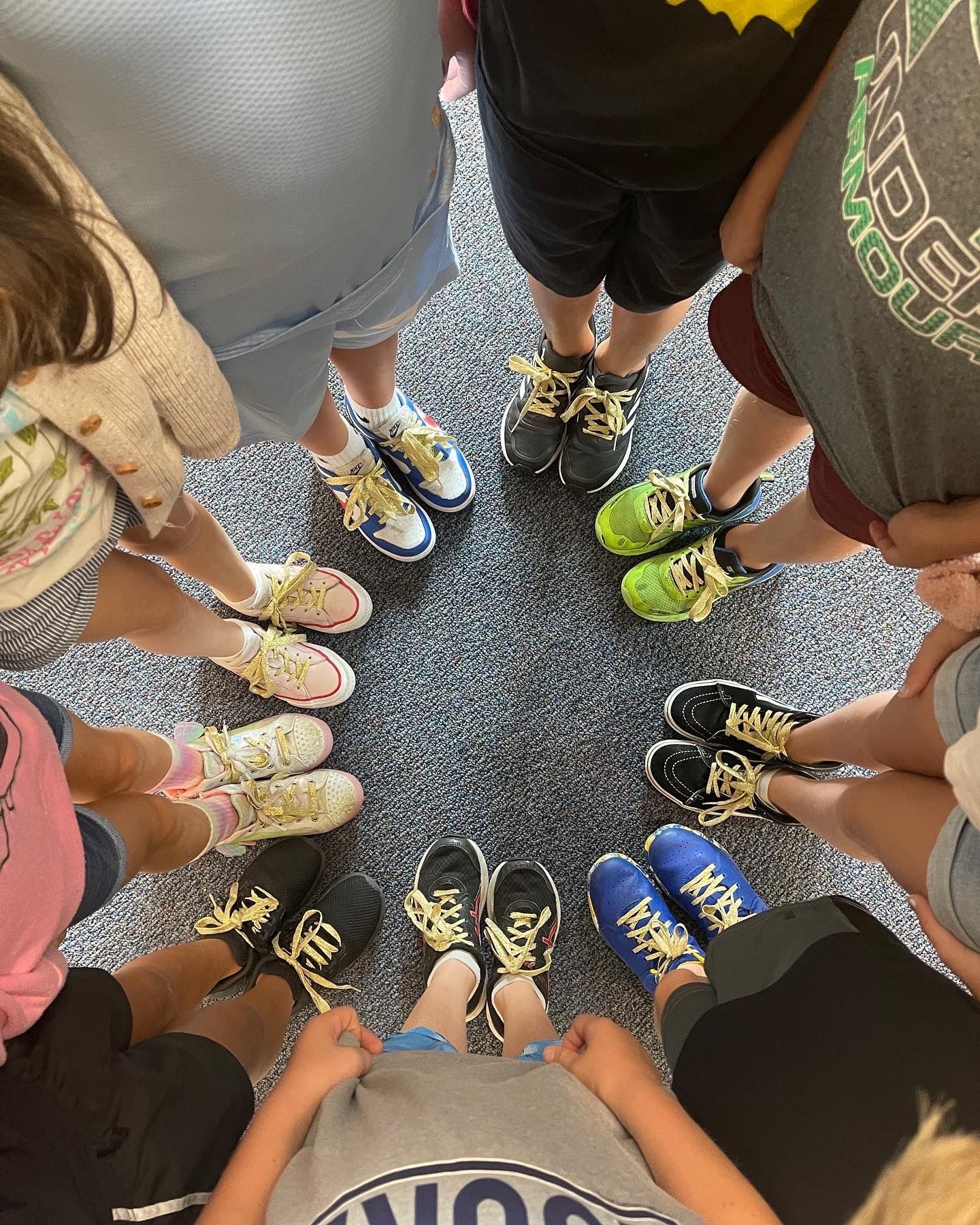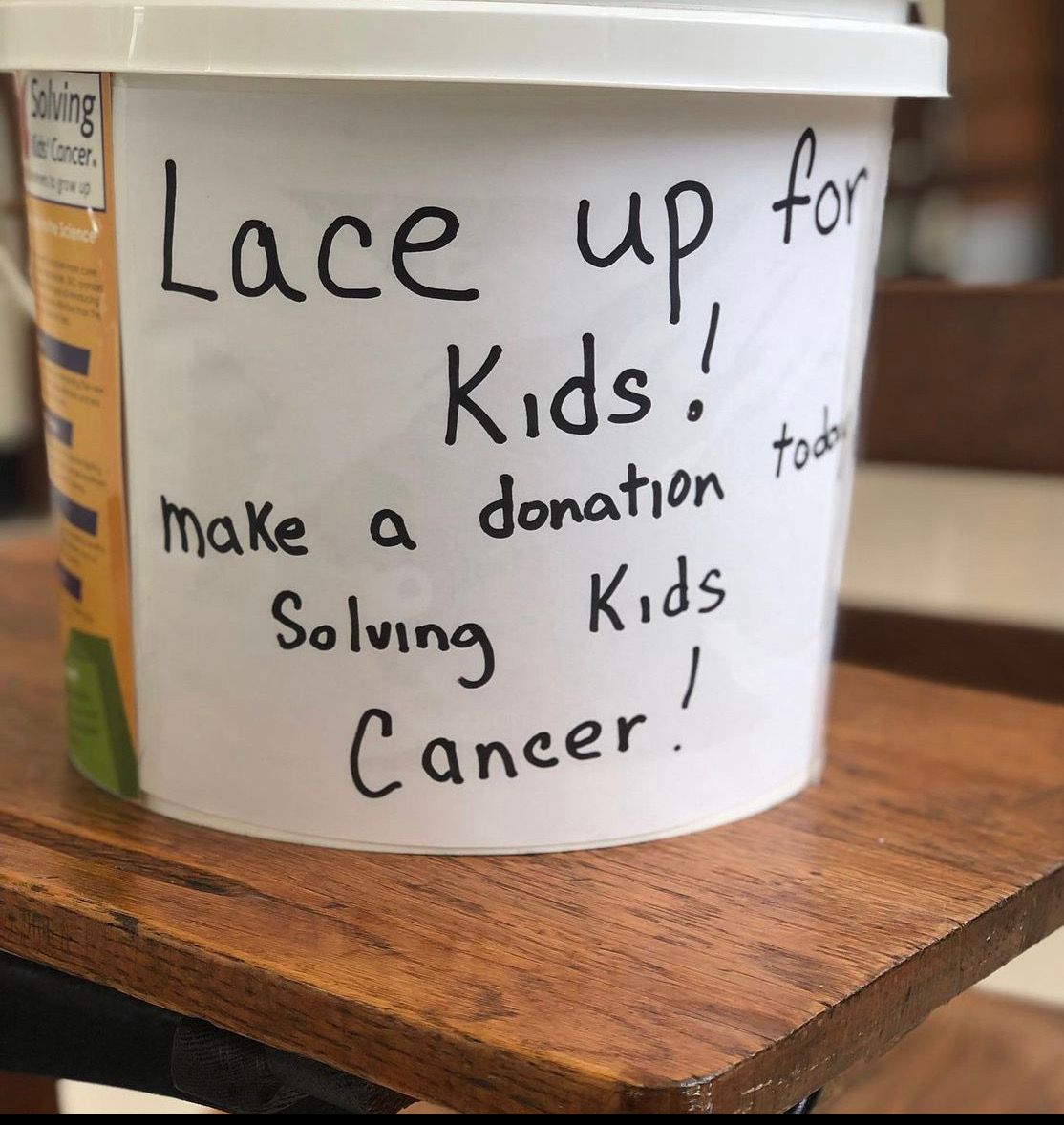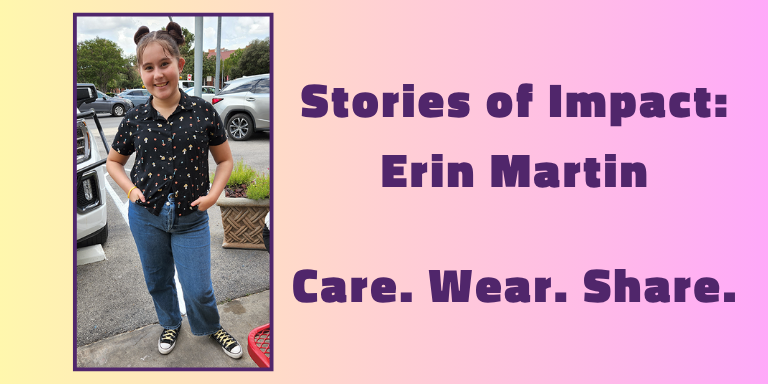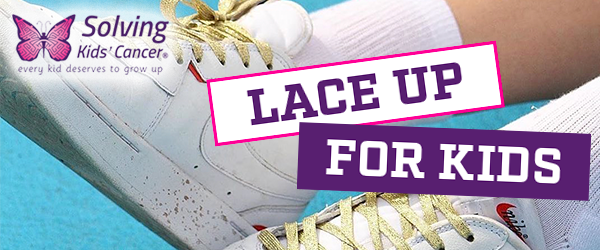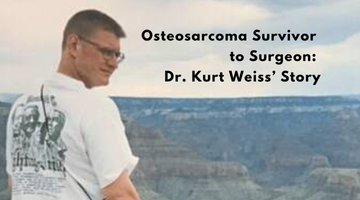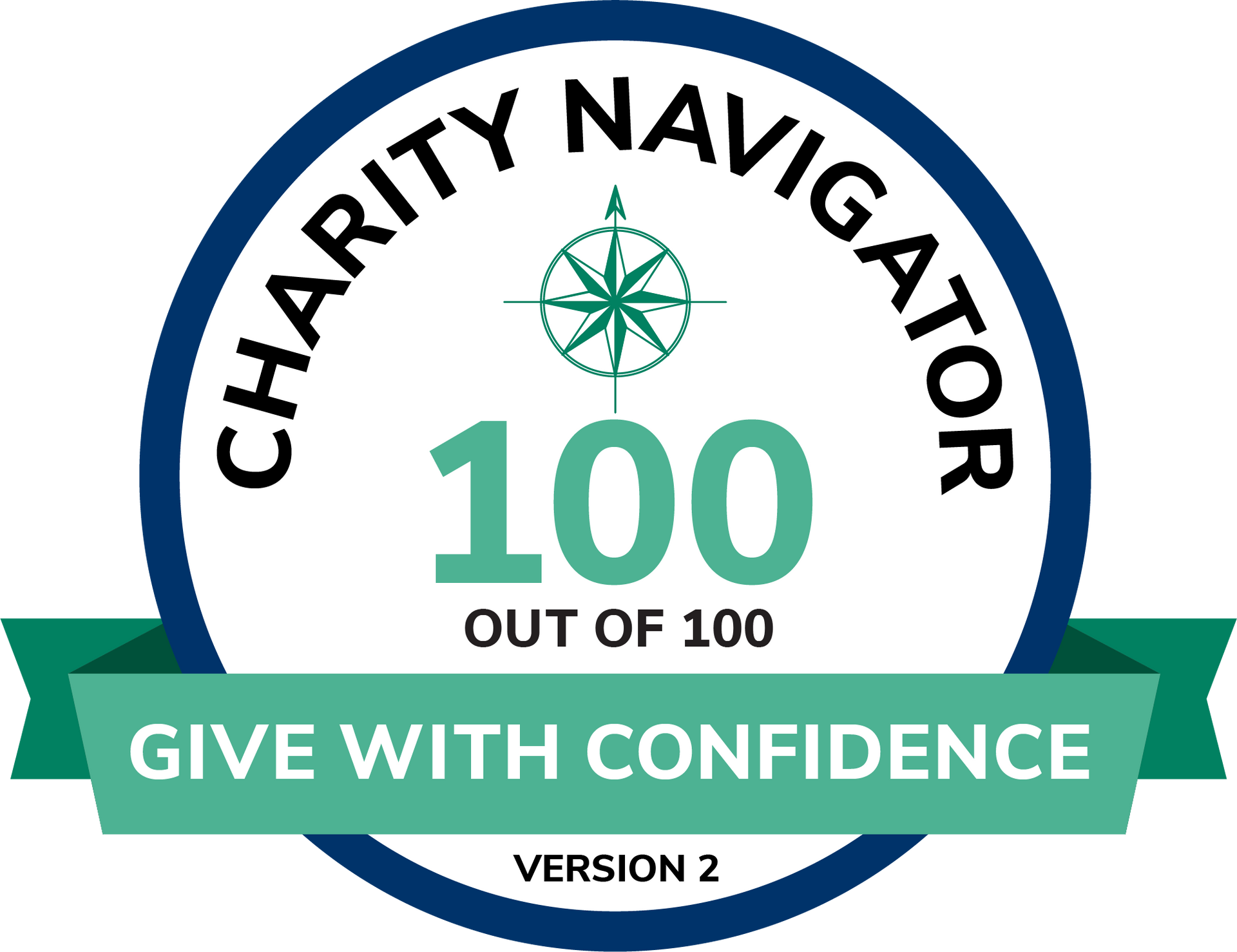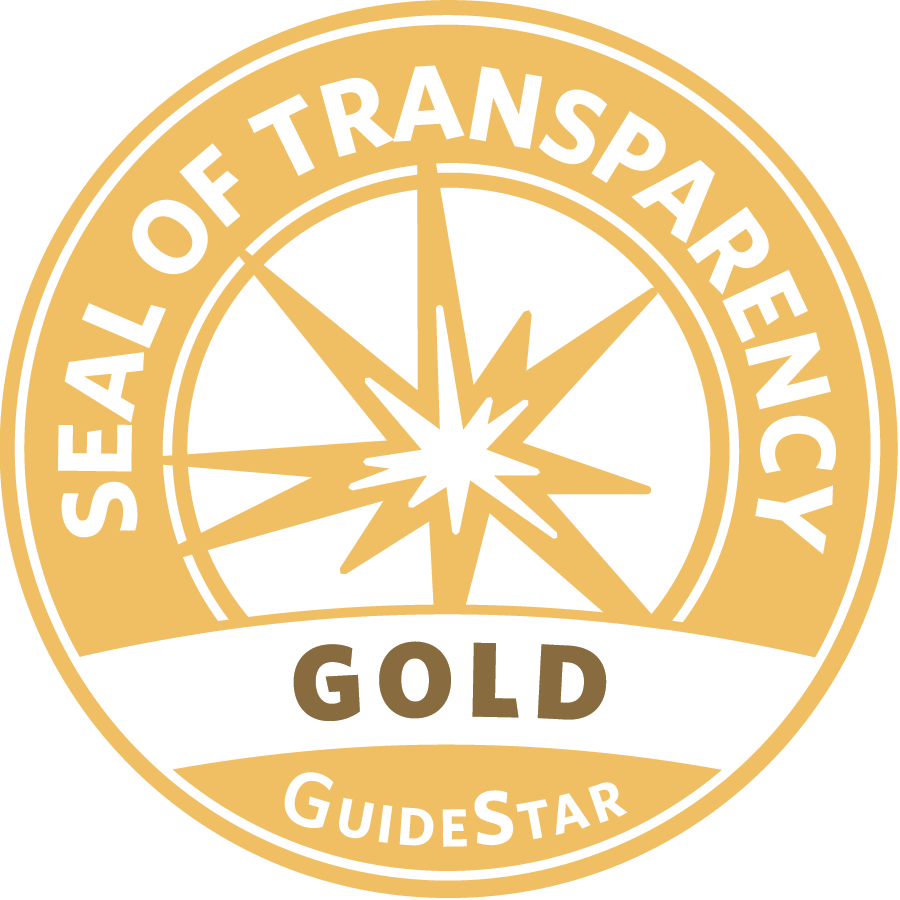Smithtown Goes Gold for Childhood Cancer
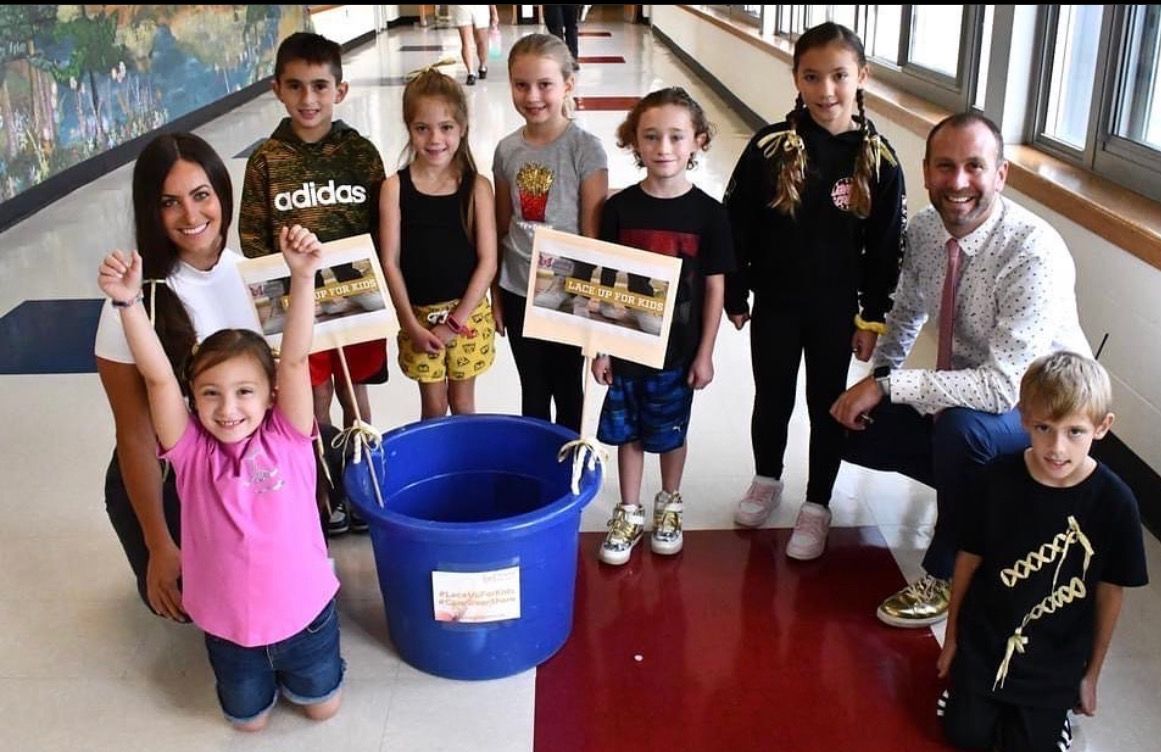
Smithtown Goes Gold for Childhood Cancer Awareness Month!
In Smithtown, New York, gold shoelaces are more than just a fashion statement — they’re a symbol of hope and unity. Every September, the town transforms into a vibrant celebration of community spirit and determination to fight childhood cancer.
September is Childhood Cancer Awareness Month and Pediatric Cancer Awareness Month, a time dedicated to shining a light on the fight against childhood cancer. Pediatric cancer is the number one cause of death by disease in children,1 but research for childhood cancer is severely underfunded. In fact, less than 4% of the National Cancer Institute’s budget goes to pediatric cancer research.2 Even those who survive treatments often face long-term health problems due to the harsh therapies used today.
Every September, the Lace Up for Kids campaign, by Solving Kids’ Cancer, helps spread awareness and fund lifesaving cancer research to make new, better treatments possible for children. We spoke with Principal Dan from Nesaquake Middle School and Principal Tim from Accompsett Elementary School to learn more about how their schools are leading the charge during this important month.
Nesaquake Middle School: A Burst of Gold
At Nesaquake Middle School, Principal Dan and his team have turned September into a golden spectacle. With about 500 students, the entire school transforms into a sea of gold shoelaces, showcasing their solidarity. The fall sports teams, including football and field hockey, rock gold laces in their gear, creating a powerful visual statement on the field.
“We pick a day, usually a Friday in September where we go gold for pediatric cancer, and we tell everybody in the school to wear yellow or gold,” said Dan. “During lunch periods, a table is set up with information from Solving Kids’ Cancer, and students staff the table, collecting donations of any amount.” Social media comes alive with posts tagged #LaceUpforKids, #CareWearShare, and #GoGold, spreading their message far and wide.
In addition to the school event, September is also the time for their welcome back street fair on a Friday night. Dan and his students set up a booth at the fair, where parents and other attendees have the opportunity to donate and learn more about Solving Kids’ Cancer. “These combined efforts drive awareness and fundraising hard for that one day, and all proceeds from the day and night are sent to Solving Kids’ Cancer,” shared Dan.
Accompsett Elementary School: Small Change, Big Impact
At Accompsett Elementary School, Principal Tim leads the “Change Childhood Cancer” campaign with boundless enthusiasm. When the district first signed onto the Lace Up for Kids campaign, each school was given the freedom to integrate it into their activities in their own way. Inspired by how Solving Kids’ Cancer tackles the most challenging childhood cancers, Tim and his team embraced the campaign with a mindset rooted in the belief that “many hands make light work.”
The concept behind “Change Childhood Cancer” is simple yet powerful: students bring in spare change, and these collective contributions result in significant funds raised each year. Last year alone, they raised over $1,500. The school buzzes with creative displays of gold laces — in hair, as necklaces, and, of course, on shoes. Their efforts are a fantastic example of cancer research fundraising in action.
Tim shared, “Smithtown is a very generous community. Our Lace Up for Kids cancer fundraiser empowers our young students to be philanthropic and teaches them the important lesson that you can achieve great things by working together. Whether kids bring in a handful of pennies or a twenty-dollar bill, they can participate in the fight against pediatric cancer.”
Lacing Up Together: Community Spirit in Action
The campaign is a true community effort, with parents and the PTA playing crucial roles in promoting pediatric cancer awareness month. “Our PTA is amazing. They help organize events, manage collections, and spread the word through their networks,” said Tim. Parents also contribute by coordinating activities and ensuring everything runs smoothly. Daily announcements keep the campaign at the forefront of everyone’s minds, and weekly emails update families on progress and upcoming events. Vibrant social media posts highlight individual and group efforts, fostering a sense of shared purpose and accomplishment.
Local businesses also get involved by contributing resources and support, adding an extra layer of community engagement. Tim added, “We work with one of the local banks here that have change machines. They usually charge to get change converted, but they waive the fees for us, which helps us maximize our fundraising efforts.”
The Smithtown community’s dedication and creativity in supporting the Lace Up for Kids campaign is nothing short of amazing. From students to local businesses, everyone pitches in, creating a fun and united effort. Their combined energy not only raises vital funds for cancer research but also brings everyone closer together. It’s proof that when a community bands together, they can make a big difference in the fight against childhood cancer.
Get Your School Community Laced Up for Kids!
Want your school to join the fun and make a difference? Here are some tips to get started:
- Register Early: Sign up your school for the Lace Up for Kids campaign well in advance to ensure you have enough time to plan and organize.
- Promote School-Wide Participation: Encourage students, teachers, and staff to get involved by wearing gold shoelaces and spreading the word.
- Organize Fun Events: Plan engaging activities like bake sales, car washes, and sports events to raise funds and awareness.
- Use Social Media: Share your school’s efforts on social media using hashtags like #LaceUpforKids, #CareWearShare, and #GoGold to connect with others and amplify your message.
- Engage Local Businesses: Partner with local businesses for donations, prizes, and matching funds to boost your fundraising efforts.
- Create a Buzz: Use daily announcements, emails, and posters to keep everyone informed and excited about upcoming events and progress.
- Get Creative: Encourage students to come up with unique ways to wear their gold laces and display their support, whether in their hair, as necklaces, or on their shoes.
- Involve Parents and PTA: Enlist the help of parents and the PTA to coordinate events, manage collections, and spread the word through their networks.
- Highlight Achievements: Celebrate and share your school’s successes with the community to inspire continued participation and support.
Lace Up to Support Childhood Cancer Research
Smithtown, NY, stands as a testament to what can be achieved when a community comes together for a common cause. Inspired by their story? You too can make a difference! Join the Lace Up for Kids campaign this September during Childhood Cancer Awareness Month. Register today, wear your gold shoelaces, and help us raise funds for critical cancer research and a cure for childhood cancer. Together, we can support childhood cancer patients and their families — because Every Kid Deserves to Grow Up!
Sources:
- Key Statistics for Childhood Cancers – https://www.cancer.org/cancer/types/cancer-in-children/key-statistics.html
- Childhood Cancer Fact Library – https://cac2.org/impact-areas/awareness/childhood-cancer-fact-library/
